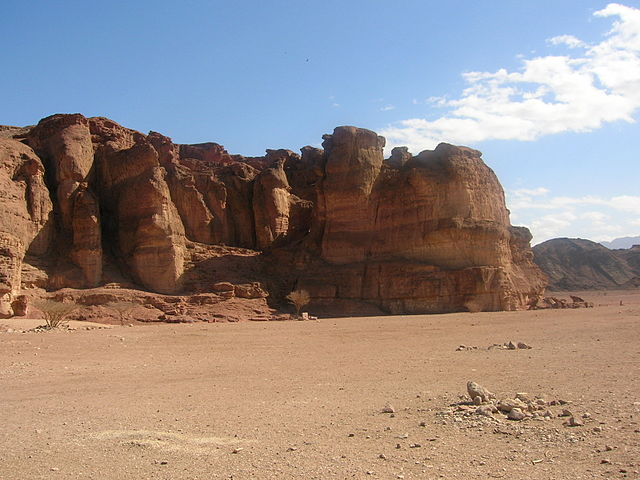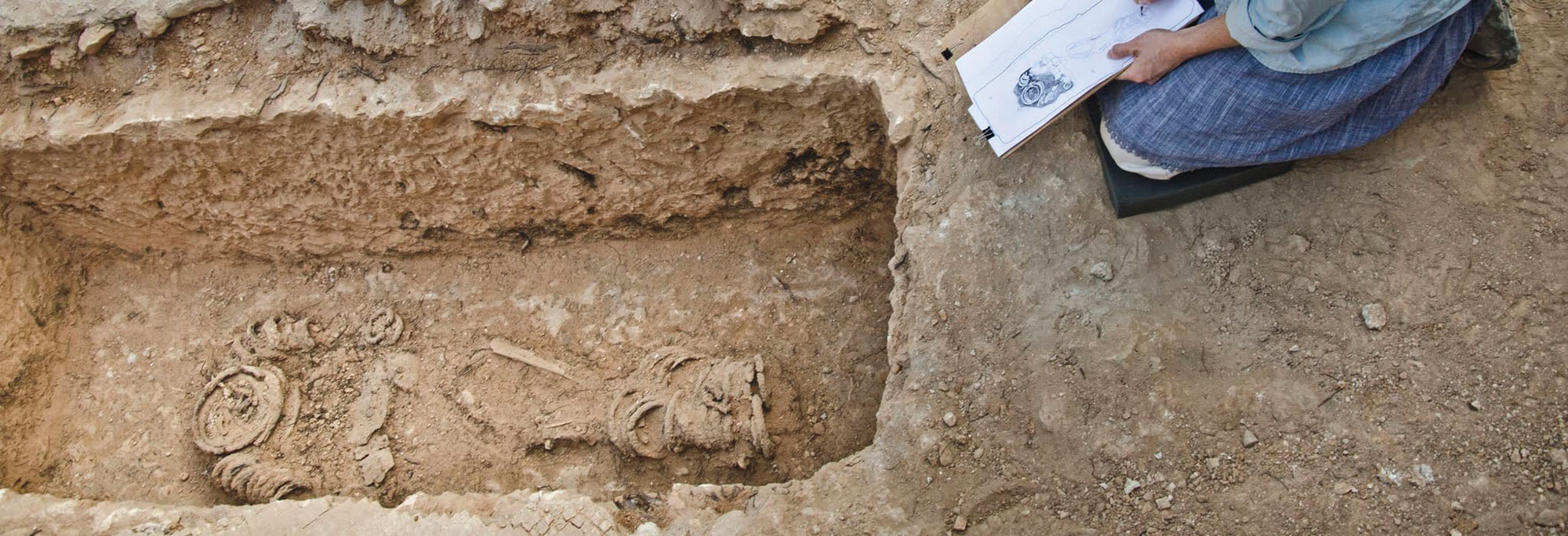
TEL AVIV, ISRAEL—A fortified gatehouse has been found in the Timna Valley, at a copper-smelting site thought to date to the tenth century B.C., according to a report by Live Science. Discovered in the 1930s, the site is known as Slaves’ Hill because the walls that surrounded it were thought to have been intended to imprison workers. But Erez Ben-Yosef of Tel Aviv University and his team have found evidence of a high-quality diet enjoyed by the residents of the Iron Age settlement. Ben-Yosef suggests the gate represents the entrance of a highly organized defense system to protect people and goods from possible attack. “Copper was a rare product and very challenging to produce,” Ben-Yosef explained. Piles of donkey dung were found in both rooms of the gatehouse. Donkeys may have worked in the copper mines, and their dung may have been used as fuel for the copper-smelting furnaces. Analysis of the dung indicates that the donkeys had been fed a diet of hay and the skins, pulp, and stems of grapes that were probably imported from the Mediterranean. “The food suggests special treatment and care,” Ben-Yosef added. To read about another recent archaeological discovery in Israel, go to “Mask Metamorphosis.”










